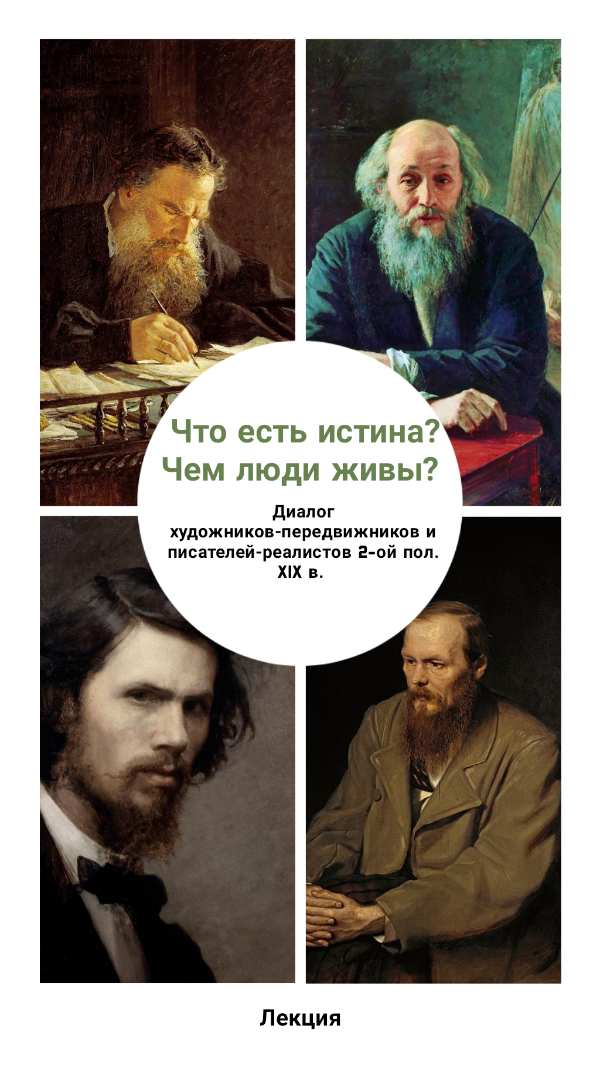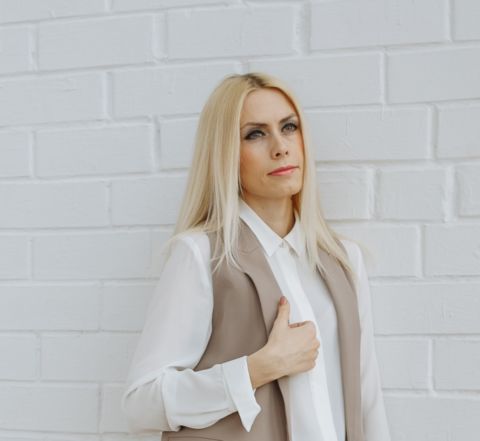Early in November, a lecture on “What Is Truth? What Is Our Reason for Being?: A Dialogue between Artists Known as the Itinerants and Realist Writers of the Second Half of the 19th Century” by Candidate of Sciences (Philology), Associate Professor of the Department of Russian Language and Literature of the Institute of Media, Social Sciences and Humanities Natalia Shlemova was held within the framework of the Night of Arts campaign at the Chelyabinsk Museum of Visual Arts. The event was organised to coincide with the exhibition of paintings of the Tretyakov Gallery on the “Russian Life. Paintings of the Second Half of the 19th Century and beginning of the 20th Century”.
Attendees of the lecture learned how the works of the Itinerants are connected with the Russian writers depicting the truth of life, and what “positive ideal” the artists of words and brush were looking for in the era of “intellectual ferment”.
The scientific field, in which Natalia Shlemova is working, is associated with the phenomenon of intermediality, that is why she provides training in the Practicum on Analysis of Works of Literature and Art course. This discipline helps students of Philology become profoundly educated people, who know and understand the history of art.
At the lecture within the framework of the Night of Arts campaign, Natalia Shlemova gave answers to the questions that reveal the creative ties among writers and artists of that time: What do the portrait of Fyodor Dostoevsky, created by Vasily Perov, and the painting Christ in the Desert by Ivan Kramskoi have in common? Whose paintings did Fyodor Dostoevsky call “frozen prayer” and why? Who chronicled the life of Leo Tolstoy in Yasnaya Polyana in paintings, and why did the image of a Russian writer drew the attention of the Itinerants so much? What did Leo Tolstoy and Nikolai Ge turn out to have in common? How did the conversations with Ivan Kramskoi help Leo Tolstoy create the image of the artist Mikhailov, painting the portrait of Anna Karenina, and in what way the hero's picture echoes Nikolai Ge's painting What is Truth?

Natalia Shlemova spoke on artistic searches of the second half of the 19th century, associated with the flourishing of Realism and an assertion of the need to serve the people - the bearer of universal and national values. She spoke on the fact that the Itinerants and Realist writers created a multi-aspect picture of Russian life, reflecting on the national ways of development of Russia and making the truth the main character of their works. This was the reason for certain achievements in painting (historical, “choral” paintings by Ilya Repin, Vasily Surikov, “mood landscapes” by Alexei Savrasov, epic landscapes by Ivan Shishkin, psychological portraits by Ivan Kramskoy, Vasily Perov, and others) and discoveries in literature (flourishing of the Russian realistic novel, a new solution to the problem of a “hero”, and more).
What is Truth? What Is Our Reason for Being? ‑ these were the “eternal” questions, which determined the spiritual and ideological searches of Fyodor Dostoevsky, Leo Tolstoy, Ivan Kramskoi, and Nikolai Ge. According to the lecturer, diving into the works of these artists and writers convinces us that the creators of famous works found the truth in Christian values (such as love, humility, kindness and beauty), showing the way to the salvation of the human soul and the unity of the Russian people.
The “Russian Life. Paintings of the Second Half of the 19th Century and beginning of the 20th Century” exhibition will be open at the Chelyabinsk Museum of Visual Arts till December 13, 2020. Do not miss a chance on learning more about the masterpieces from the Tretyakov Gallery!




